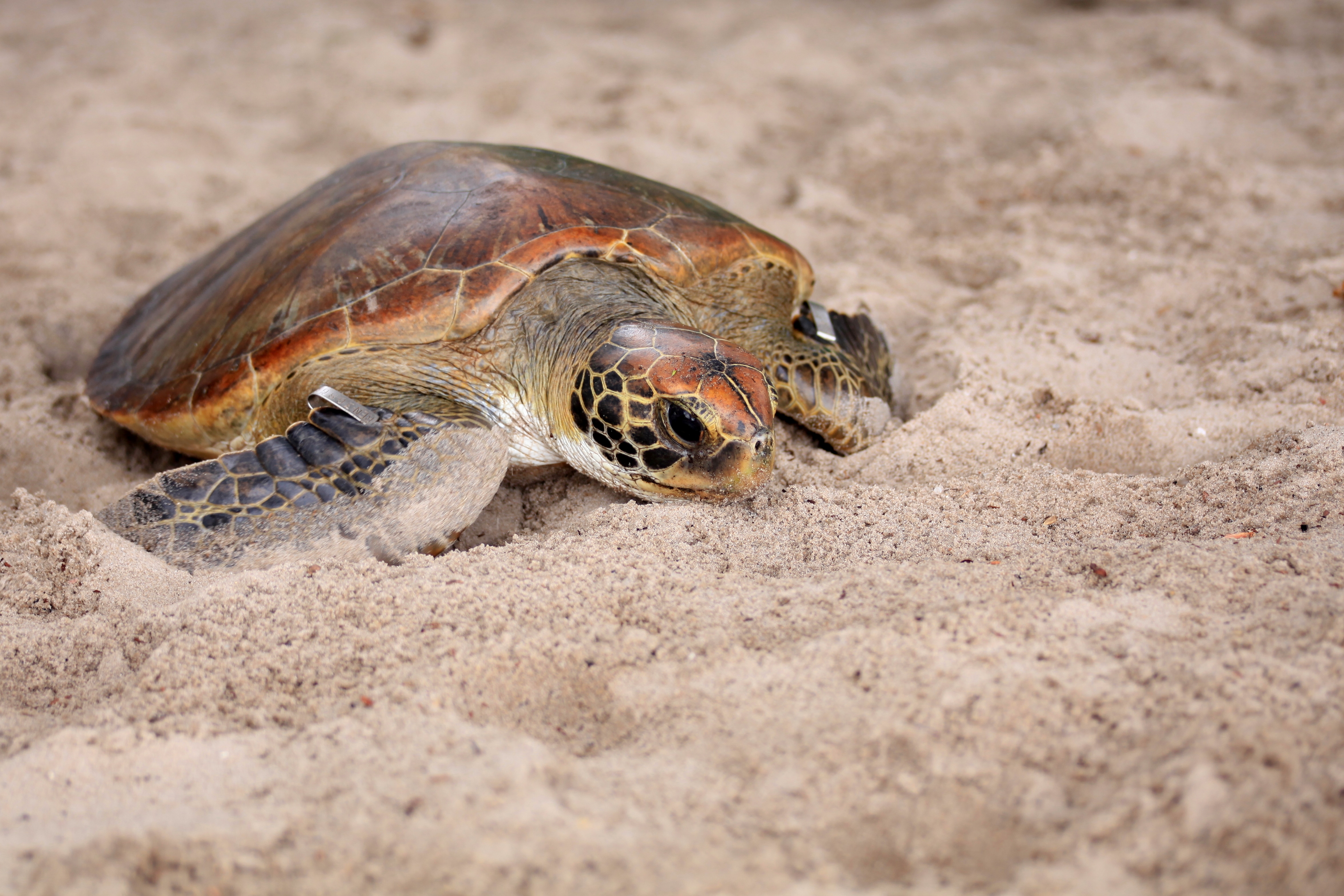- Creation-Management of Community based Protected Areas
- Bénéficiaire ROK - Comité de gestion de la Réserve Ornithologique de Kalissaye
- Montant du projet 44 695 €
- Subventions FFEM 27 854 €
-
État du projet achevé
Created in 1978, the Ornithological Reserve of Kalissaye (ROK, 220 ha) is administratively located in the Ziguinchor region. When it was created, it covers an area of 16 ha and shelters two sandy islands surrounded by water during high tides. The ROK is the second oldest site after the Djoudj National Bird Park to be created and dedicated to the conservation of birds. It is under the supervision of the National Parks Department, itself attached to the Ministry in charge of the Environment and Sustainable Development.
The periphery of the ROK is bordered by 11 villages. According to the principles of shared governance of resources, the populations of these villages have set up a management committee and steering committee in a logic of integrated management of the coastal zone (G.I.Z.C). The reserve is a model of shared management that associates the State (the administration of the reserve), the local communities (Management Committee) and the local community (Kafountine commune).
From a biophysical point of view, the reserve is located in the fluvio-marine domain of Casamance. Its peculiarity lies in the diversity of natural environments favoring the reception of considerable biodiversity. It contains different species of birds (shorebirds, laridae, anatidea, phalacrocoracidea, raptors), sea turtles, the African manatee and humpback dolphins, most of these species being on the IUCN Red List. The context of the project area is characterized by a decline in agricultural yields. Faced with this constraint, the populations have developed fishing, harvesting oysters and collecting arches (shells) which leads to degradation of mangrove ecosystems.
Poverty and food insecurity have spawned the development of new practices including the harvesting of laridae and sea turtle eggs. These various disturbances have led to a decrease in the numbers of nesting and reproductive colonies of sea birds (royal terns, Caspian terns, gulls, seagulls) and sea turtles. The main consequence is the reduction in the chicks that have fledged from 9,500 individuals in 2016 to 4,800 individuals in 2019. The general objective of the project is to consolidate the biological recovery of Laridae and marine turtles by strengthening the governance of the ROK.
